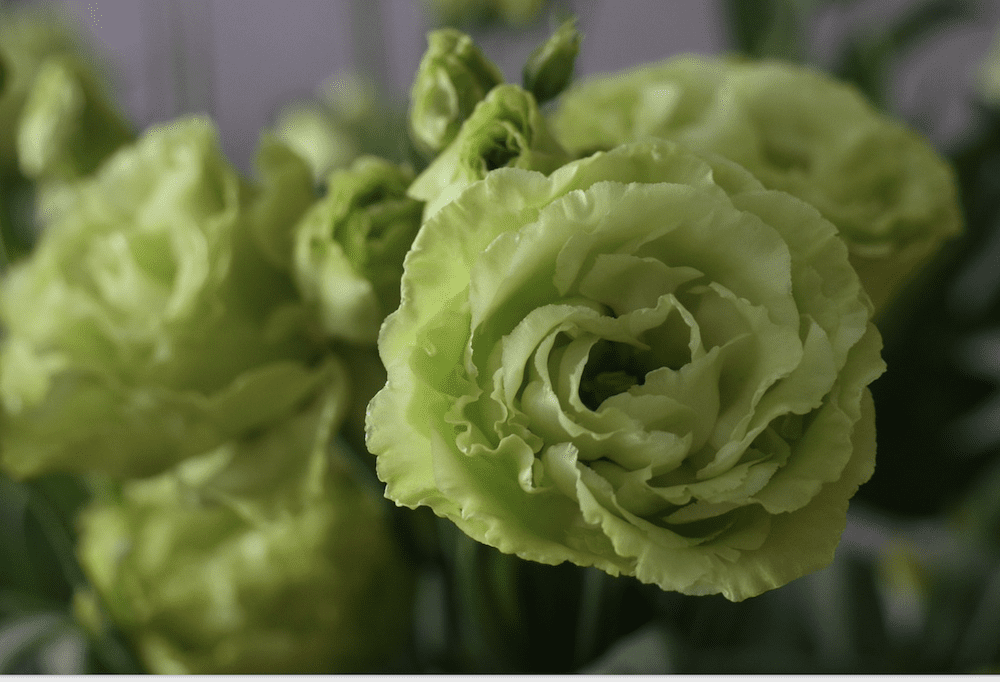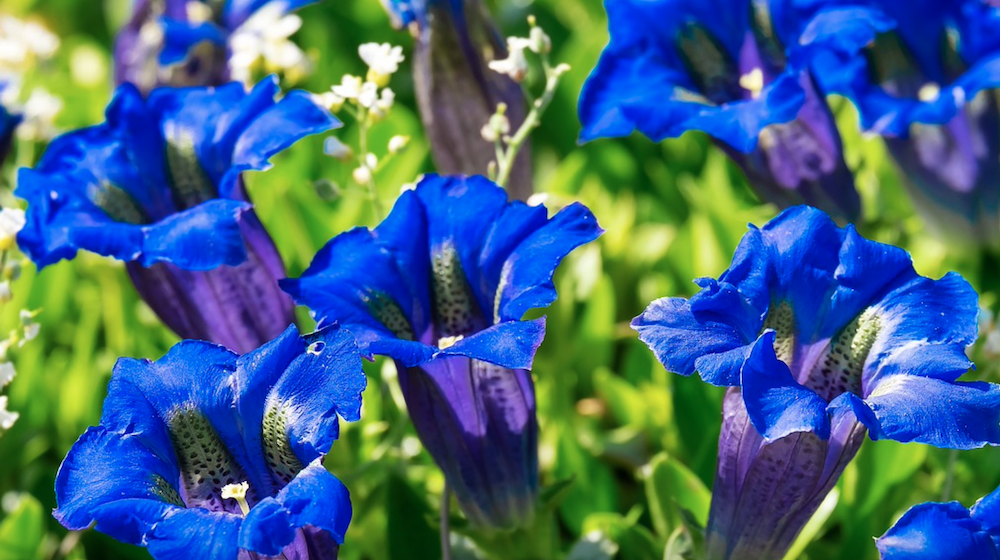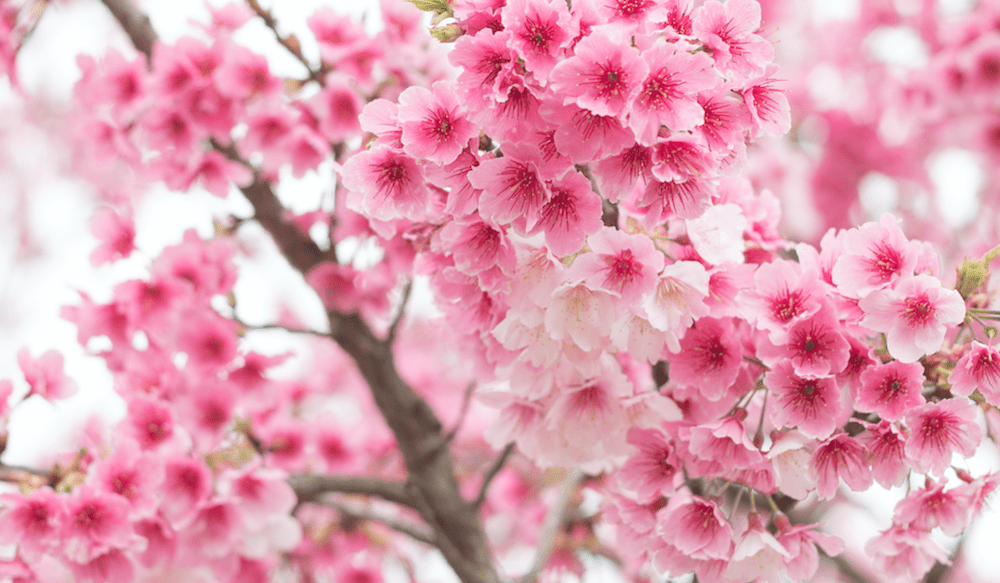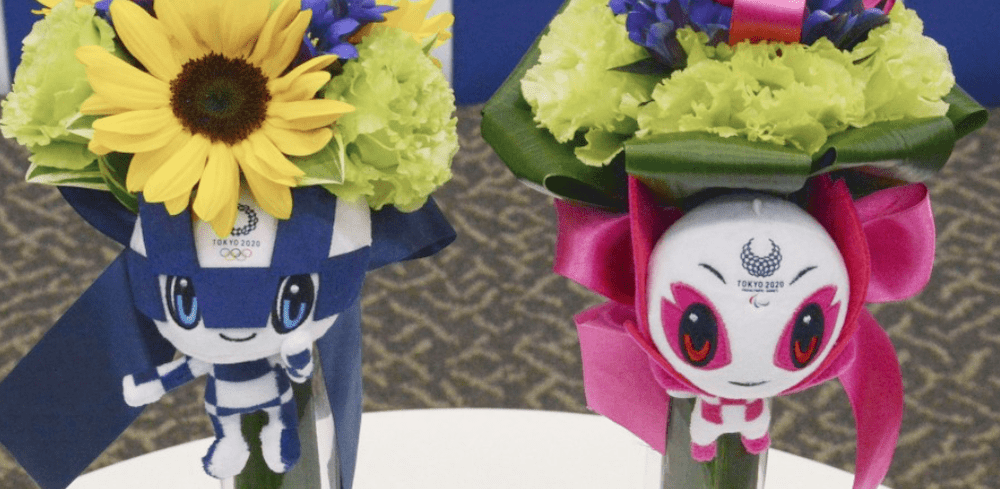Olympic Medalists Carry Bouquet to Podium Full of Symbolism
By Jill Brooke

Flowers are revered and respected in Japan which may be the reason that each Olympic medal winner will be given what organizers call a “victory bouquet.”
The small bouquet has yellow, green and bright blue flowers tied with a blue bow that athletes have been holding along with their hard-earned medals.
Flowers historically carry symbolic meaning in Japan and these flowers represent Japan rising from a devastating earthquake and tsunami in 2011.
The green and frilly flowers are called Eustomas and were grown in Fukushima, which suffered a nuclear disaster. Many people also know these flowers as lisianthus.

“I hope there is a chance to introduce to the world how much Fukushima has recovered through the flowers,” Yukari Shimizu, who grows flowers in a town that was formerly off-limits because of the radiation, told Kyodo News. It’s indeed a message of hope. Another flower from the region used is Solomon’s seals.

Parents of children who died in the wake of the tsunami subsequently went to Miyagi to plant sunflowers in memory of the innocent lives lost. Sunflowers were planted in their memory even though the region is best known for roses. As we’ve reported, the darkness in the middle of the flower represents sadness and the bright yellow petals the possibility for happiness. Now there are fields of sunflowers in the region. As we know, since ancient times, flowers have not only been a source of comfort but also quietly teach lessons about the cycles as well as the fragility of life.

The blue flowers from Iwate, an area also impacted, represent possibility and hope. Aspidistras from Tokyo were also included.
Last but not least, as I learned from NPR’s Merritt Kennedy, the bouquets also include a small figure of the Olympic mascot, Miraitowa which symbolizes the past and future.

Interestingly, there were no cherry blossoms used in this special bouquet, even though many associate Japan with these beloved exports. Thanks to the wife of a Japanese Ambassador, cherry blossoms were given to President and Mrs. Taft in 2012 , to signal “friendship between the U.S. and Japan.”
So important is cherry blossom time in Japan, there are a. multiple of words, haiku and folk songs to describe the different moods and effects of seeing cherry blossoms. People also make time to picnic under them to appreciate the transience of the blooms and contemplate their philosophical meaning.
Nor was the chrysanthemum which is the national flower of Japan as well as the Imperial Emblem of Japan. All passports have an image of the flower on the document’s cover.
Obviously, this was debated and the results are these chosen flowers. Plus cherry blossoms bloom in spring and mums in the fall.
Furthermore, not surprisingly for a country that cherishes ikebana flower arranging, the 5,000 victory bouquets were also carefully and lovingly arranged.
According to the Tokyo Olympics website, the Nippon Flower Council says the flowers will stay fresh and beautiful for several days, even if they are kept in a room without air-conditioning. The memory for the athletes will also last forever.

Jill Brooke is a former CNN correspondent, Post columnist and editor-in-chief of Avenue and Travel Savvy magazine. She is an author and the editorial director of FPD and floral editor for aspire design and home magazine
Photo Credit: NPR, Pixabay
